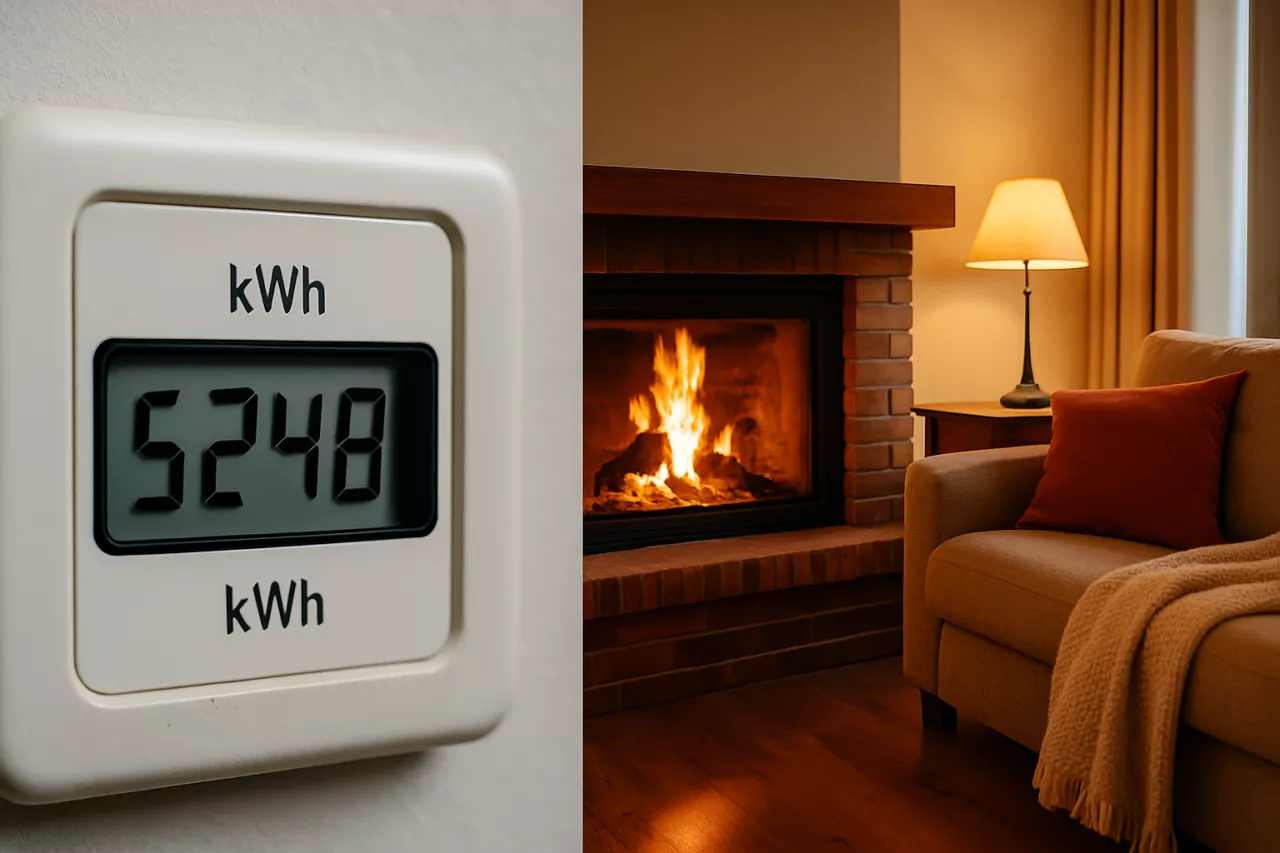If your electricity bill is creeping up, even though you’ve cut back on heating and invested in energy-efficient upgrades, you’re not alone. Across the country, homeowners are feeling the pressure of rising power costs and looking for answers.
Here’s the reality: power prices in New Zealand have already jumped 11% this year. And it’s not just one company. Higher lines charges, ageing infrastructure, and gas shortages are all playing a part, and energy experts say prices aren’t likely to drop anytime soon. This might be our new normal.
What’s Actually Happening Inside Your Home?
Most Kiwi homes already have ceiling and underfloor insulation, and that’s a great start. But heat doesn’t just rise. Around 20% of the heat in the average home is lost through the walls.
If your walls aren’t insulated, it’s like trying to warm your house with the windows wide open. Even if you’re using your heater less or switching to energy-efficient appliances, the warmth is still escaping.
Wall insulation is often overlooked, but it makes a real difference. When you insulate your walls with Insulmax®, you help trap warmth inside. That means you don’t have to run the heater as long or as high. Your home stays warmer for longer, and you’re not paying to heat the street.
Most Kiwi Homes Built Before 1978 Have No Wall Insulation
If your home was built before 1980, there’s a very high chance it was constructed without any wall insulation at all. That’s because insulation standards didn’t require it, it simply wasn’t part of the building code.
As a result, many older homes are still cold, drafty, and inefficient to heat. Even if you’ve already insulated your ceiling and floors, uninsulated walls let precious warmth escape. That’s where retrofit wall insulation comes in.
How Insulmax® Retrofit Wall Insulation Works
Insulmax® is a dry, mineral fibre insulation that’s installed into your wall cavities without needing to remove linings or renovate your home. Small holes are drilled into either the exterior or interior linings, the insulation is blown in, and the holes are sealed neatly afterwards.
It’s a clean, efficient process — usually completed in under a day.
The insulation itself is made with over 80% recycled content, offering a lower-waste, sustainable option. Whether your home is weatherboard, brick, roughcast, or has tight ceiling spaces, Insulmax® is designed to work with a wide range of New Zealand building types.
By closing that wall insulation gap, you help your home stay warmer, drier, and more comfortable year-round.
See how wall insulation works — and how easy it is to retrofit
You Don’t Have to Take Our Word for It
“We don’t need to run the heat pump as long or as high, and it just feels warmer. Cosier.”
– Helen, Rotorua
“It doesn’t take as long to heat the rooms, and the house holds the warmth for so much longer.”
– Kylie, Christchurch
“We have noticed how the rooms hold the heat much better!”
– Cherie, Hawke’s Bay
These aren’t one-off comments. Again and again, people tell us their homes feel warmer, more comfortable, and that their power bills have improved.
Wall Insulation: The Final Piece of the Puzzle
Wall insulation works best when it’s part of a whole-home approach. If you’ve already sorted your ceiling and floor insulation and blocked out drafts then walls are often the missing link.
And for homeowners, this step is more affordable than you might think. Most major banks now offer low or no-interest finance for energy-efficient upgrades, including mortgage top-ups. We can help you explore your options.
Book Your Free, No-Obligation Home Assessment
We can’t control rising energy prices, but we can help you keep more warmth inside — and reduce your power bill in the process.
